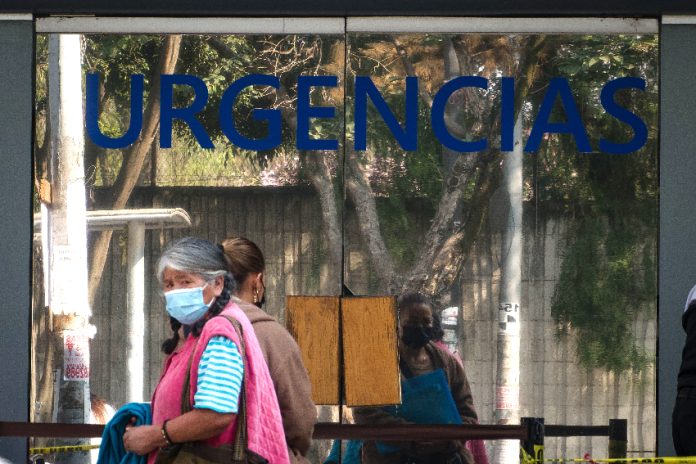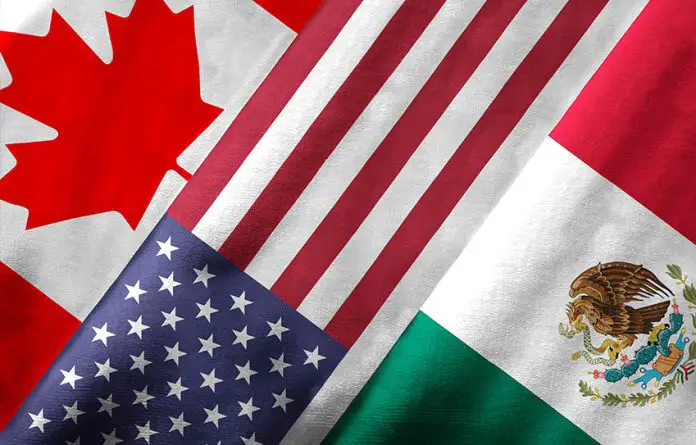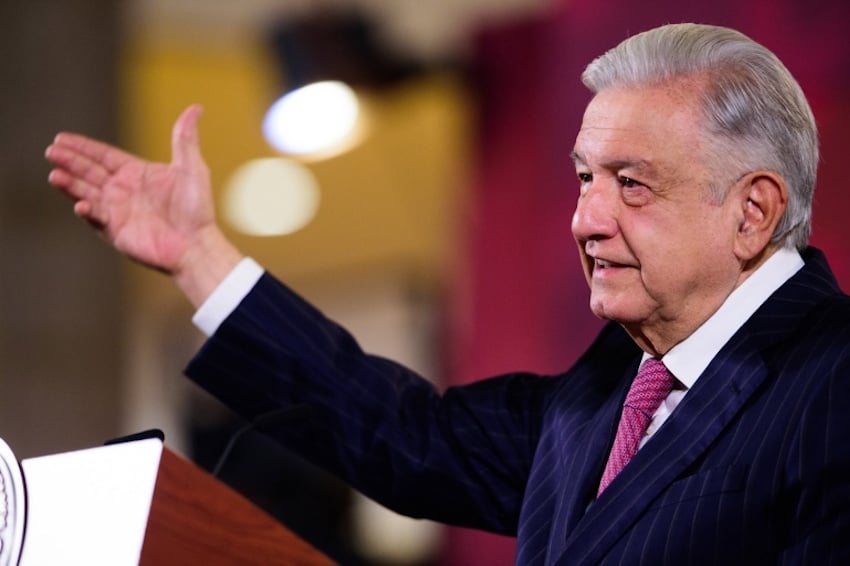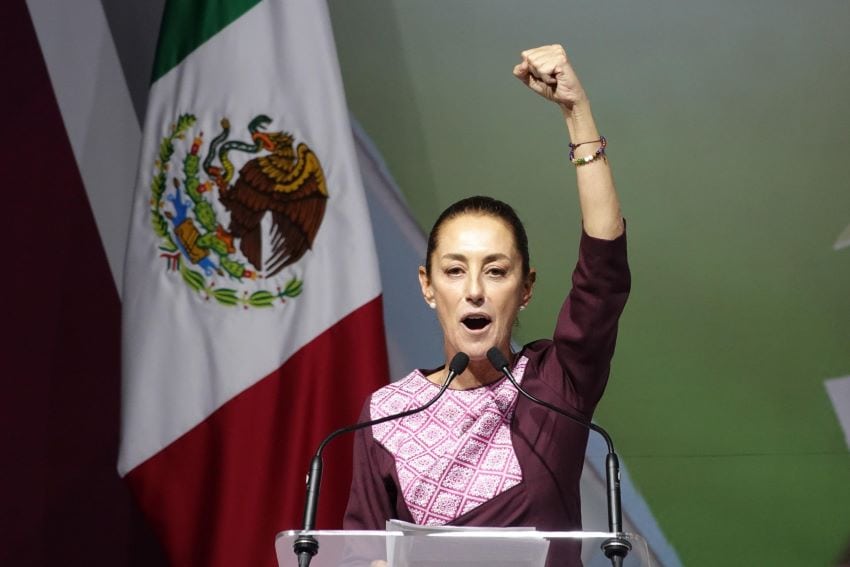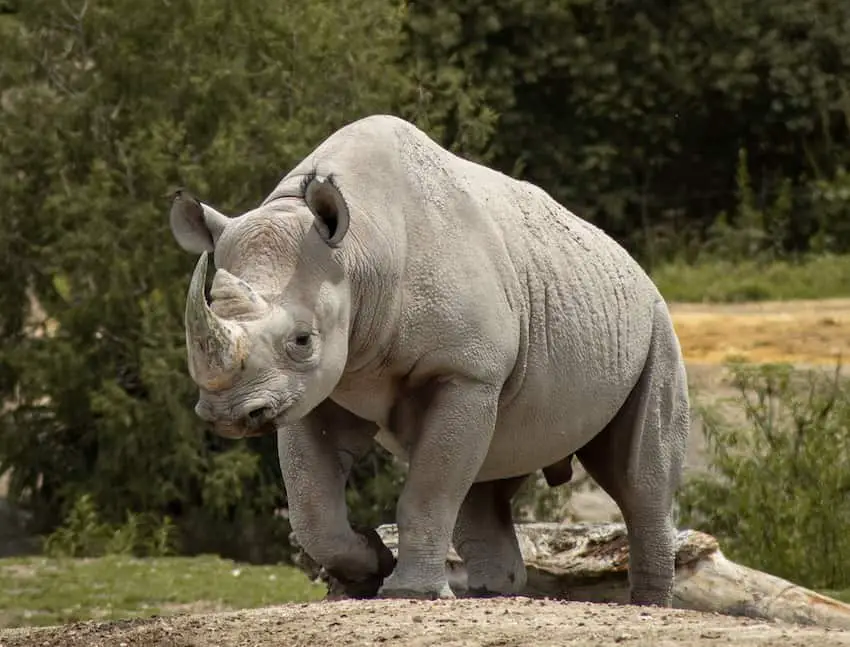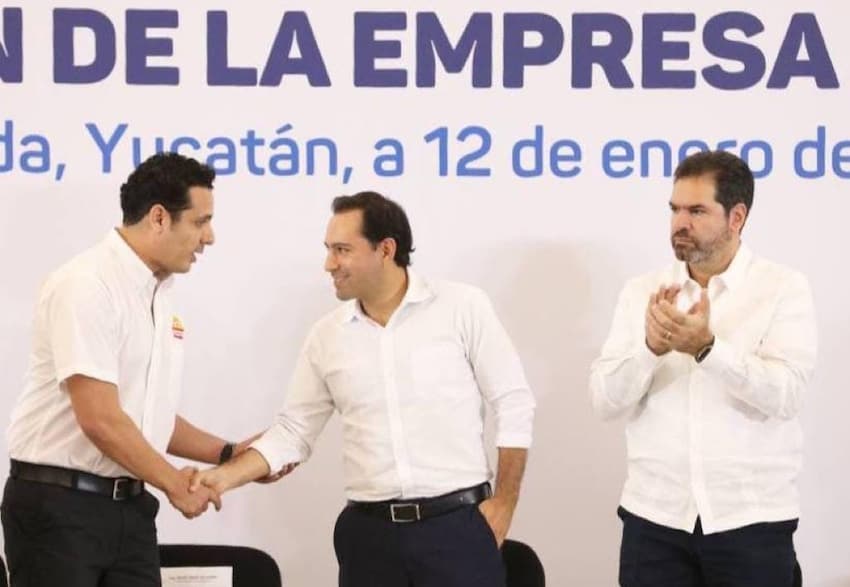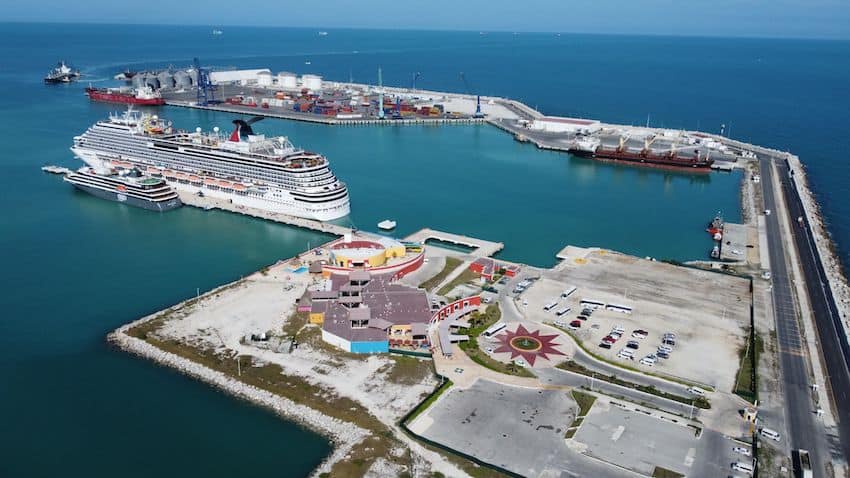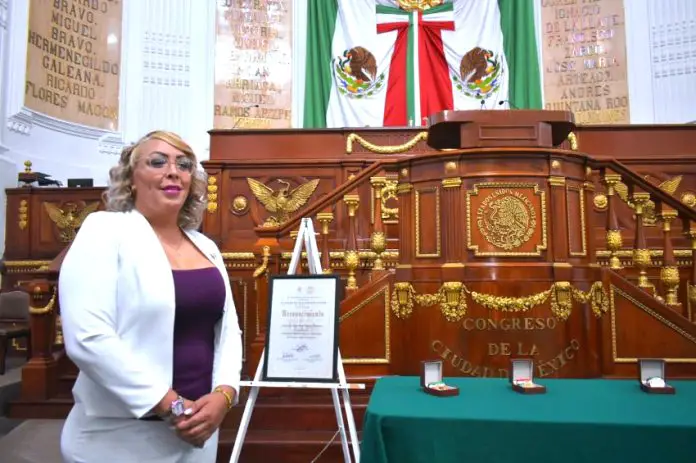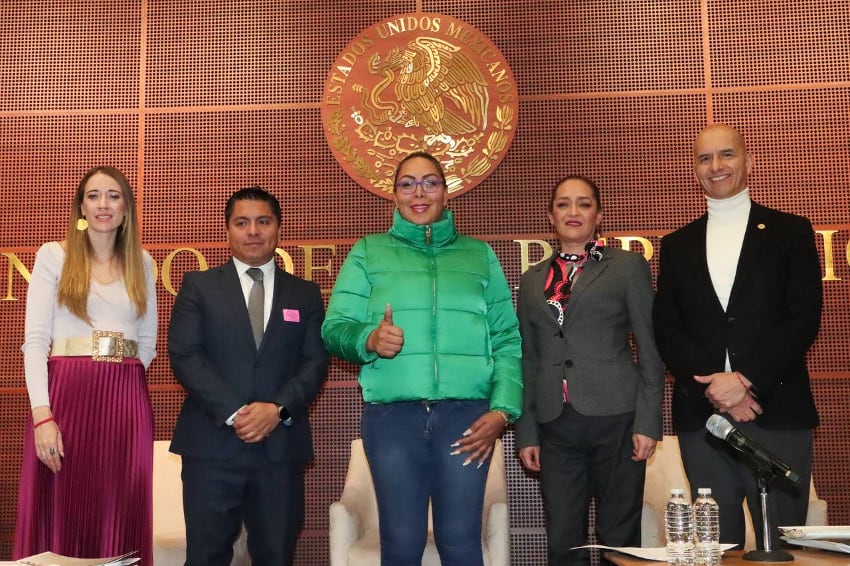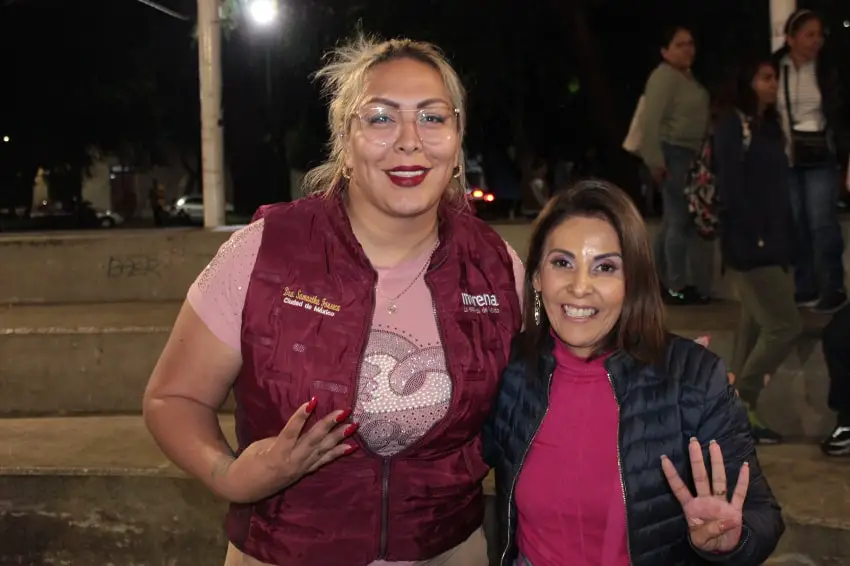In a year filled with elections around the world, we should pay close attention to Mexico’s 2024 electoral contests. Mexico’s incumbent president, Andrés Manuel Lopez Obrador or AMLO as he is known, seeks to preserve his legacy by supporting the election of his chosen successor, Claudia Sheinbaum.
AMLO wants to assure the continuation of Mexico’s “fourth transformation,” as AMLO calls the reform process that he initiated. A determined opposition seeks to reverse many of AMLO’s actions and policies and warns that AMLO seeks to weaken Mexico’s democracy.
The outcomes of Mexico’s elections are very important for the United States. No other country in the world has more impact on the daily lives of Americans than does the U.S.’s southern neighbor. Mexico is the United States’ largest trading partner and production partner. It is also the entry way for massive amounts of deadly, illegal drugs and huge flows of migrants.
Managing these key issues will be debated sharply during both the U.S. and Mexican election campaigns, as will be the strength of democratic practices in both countries.
Mexico’s June 2024 elections will be large and complex; 98.6 million Mexicans are eligible to cast their ballots on June 2 for some 20,375 positions at the local, state, and national levels.
Rightly, most attention will be focused on the choice of a new president and the election of an entirely new national congress (500 deputies and 128 senators) in June. Although Mexico’s constitution does not allow incumbent president Lopez Obrador to run again, AMLO remains high in the polls, with approval ratings circling 60%, and he is throwing strong support to his chosen successor, Claudia Sheinbaum. Polls show Sheinbaum with a roughly 20% lead over the candidate of the opposition center-right coalition, Xóchitl Gálvez, at present.
Importantly, AMLO has indicated that if Sheinbaum’s coalition (named “Let’s Continue Making History”) wins a large enough majority in the new Congress, he will recommend constitutional reforms that would have the effect of weakening independent checks and balances in Mexico and centralizing more power in the hands of the president.
AMLO has been very critical of the Supreme Court, the National Electoral Institute and other autonomous institutions that were created over the years as Mexico was building its democracy. However, AMLO has not had the two thirds majority in both houses of Congress needed to approve the constitutional reforms he would like to see. His attempted reforms have sparked very large counter demonstrations and been rebuffed by Mexico’s courts, but he has persisted in his calls for constitutional change.
During AMLO’s tenure the independent global indexes on democracy and related issues, including corruption and rule of law, have reported deterioration and backsliding in the quality of Mexico’s democracy. The 2023 World Justice Project’s Rule of Law Index, for example, tracks a decline in Mexico’s rule of law score during AMLO’s term and currently ranks Mexico at 116 out of the 142 countries measured. Thus, the outcome of the Mexico’s elections could be very important for the strength of Mexico’s democratic institutions.
Not surprisingly, many in Mexico see the 2024 elections as a test for maintaining the strength of its democracy — echoing themes being heard in the U.S. election campaign.
In Mexico, the formal national campaigns have not yet begun, but there has already been a good deal of campaign activity. Currently, AMLO’s candidate, Sheinbaum, and the coalition led by AMLO’s Morena party have a substantial lead over the three party opposition coalition known as “Strength and Heart for Mexico” and their candidate, Gálvez. Many observers believe the gap can be narrowed before the vote in June. The question is how much, for both the presidential vote and to impact the eventual congressional majorities.
AMLO and his coalition have some clear weak spots on which the opposition will focus. One of the most evident is public unhappiness with the government’s handling of Mexico’s serious and persistent public security problems. In a recent poll by the respected Reforma newspaper, for example, 52% rated AMLO’s handling of organized crime as “bad”, and only 23% gave the president a good rating.
The widespread crime and poorly working justice system brings much violence to Mexican communities (with over 30,000 homicides annually in recent years and nearly 172,000 homicides since AMLO took office). This situation results in over 90% of impunity for most crimes.
This situation also has severely negative effects for the U.S. It facilitates massive smuggling of deadly drugs, such as fentanyl. The latest data suggests that drug overdose rates in the U.S. hit a new high of some 112,000 in 2023. The seizures of lethal synthetic fentanyl at the U.S.-Mexico border almost doubled from FY 22 to FY 23, and the fentanyl seized between FY 21 and FY 23 rose 241%. U.S.-Mexico anti-crime cooperation has improved recently but remains far less effective than is needed.
Thus, both Mexicans and Americans have a serious interest in the kind of crime and drug policies that Mexico’s new government will pursue. Several Republican politicians and candidates have already proposed using the U.S. military to go after drug cartels in Mexico, which could easily spark a crisis with a Mexican government seeking to defend its sovereignty.
Given the large flows of migrants crossing Mexico over the last year, the U.S. also has a very important interest in how good and willing a partner a new Mexican government will be in trying to tackle the very challenging cluster of issues involving the hundreds of thousands of migrants trying to enter the U.S. through Mexico. Both governments are struggling with how to manage migration, and polling shows that more Americans see this as a priority.
Of course, if a Trump administration were to emerge from the U.S. elections, we would likely see a much different and less cooperative U.S. approach to dealing with Mexico on migration as well as drug smuggling.
Crucially important is that across the same border, U.S.-Mexico trade averages $1.5 million a minute supporting millions of U.S. jobs, and trade has grown significantly since 2020. We cannot forget that despite all the problems Mexico has become the U.S.’s largest trading partner, with some 5 million U.S. jobs supported by that commerce.
U.S.-Mexico relations are so important to both countries that the governments will need to find a way to manage even very serious disagreements. The results of the elections, however, will make a big difference for good or for bad in managing the challenges.
Earl Anthony Wayne is currently teaching as a Distinguished Diplomat in Residence and Professorial Lecturer at American University’s School of International Service. He is a Public Policy Fellow at the Woodrow Wilson Center for International Scholars and Co-Chair of the Advisory Board of its Mexico Institute. Wayne is a former Assistant Secretary of State for Economic and Business Affairs, a former U.S. ambassador to Mexico and to Argentina and a former Deputy Ambassador in Afghanistan.

